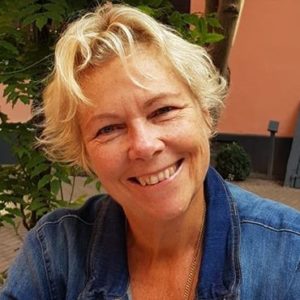 Delighted to welcome long-standing writing friend Anna Belfrage back to the blog!
Delighted to welcome long-standing writing friend Anna Belfrage back to the blog!
Had Anna been allowed to choose, she’d have become a time-traveller. As this was impossible, she became a financial professional with two absorbing interests: history and writing. Anna has authored the acclaimed time travelling series The Graham Saga, set in 17thcentury Scotland and Maryland, as well as the equally acclaimed medieval series The King’s Greatest Enemy which is set in 14thcentury England. She has recently released Smoke in Her Eyes, the second in a new series, The Wanderer, a fast-paced contemporary romantic suspense with paranormal and time-slip ingredients.
Over to Anna!
Most writers depend on inspiration.
A snippet of conversation we’ve overheard, an article about sheep, two people engaged in deep conversation while drinking Turkish tea out of ridiculously small cups—it doesn’t take more than that for me, and suddenly my brain is in overdrive, throwing one image after the other at me.
I am a visual writer. I “see” images as I write. Taking my few examples above as a starting point, the two gents drinking tea never ended up in a book – but because of them, Turkey (more specifically Istanbul) plays a major, major part in my contemporary series, The Wanderer.
The drawback with visual inspiration is that we see things all the time.
Over the course of a day, my brain presents me with thousands of images, potential sparks of inspiration. As I sit here tapping away at my laptop, I have but to lift my head to gaze out the window. Two lemon coloured butterflies dance in the sunlight, and I file that little scene away for future usage. Not that I see any need for butterflies in what I am presently writing, but one never knows, right?
Thing is, too much inspiration becomes a distraction. Historical fiction writers experience that frequently when doing research. From considering just what flowers a lady of the manor might use to decorate her solar, our intrepid researcher might suddenly drown in fascinating depictions of medieval salads and the best recipe for a good pottage. Or said writer becomes so engrossed in how colonial people made soap that he/she just has to include a long, long description in her WIP, no matter that it has no bearing on the story.
Even worse, if as an author you like working on multiple WIPs simultaneously, inspirational flashes can overburden your poor brain. I am one such author: I have FIVE different stories under gestation. Five. Time-wise, they span everything from the 13thcentury to the 21st. One is set in medieval Spain. The other in England and France a century or so later than the Spanish story. A third plays out in the last decade of the 17thcentury. The fourth is very firmly set in the here and now. The fifth is a time-slip, taking the early 18thcentury as its starting point. I guess I do not need to point out just how easy it can be to confuse things here, right? (And now I am wondering whether lemon coloured butterflies fluttered in medieval Spain as well as in present-day Sweden. Or do they have them in 17thcentury Maryland? Hmm. Note to self: look up endemic butterflies)
So how do I cope with all this inspiration?
When I first started writing seriously, I handled this by keeping a note-book by the bed in which I jotted down Ms Inspiration’s every whisper (She tends to visit a lot at night). Most of it I culled, because what sounded so fab at three a.m. was more of a “meh” experience come the bleak light of dawn. However, at the time, I was obsessing over ONE story line, not five, so the note book thing worked. It doesn’t work when one has five different threads vying for attention.
What I have had to do is move from being a “pantser” to being a “plotter”. The “pantser” generally creates solely based on what he/she is inspired by. The “plotter” makes a plan, draws up an outline, has a notion of where things are going with the various stories. The “plotter” approaches writing as a profession, not a passion—which, I must hasten to add, does not preclude having intensely passionate moments while submerged in writing.
What this means is that depending on where I am at in my outline, I will react or noton the sudden surges of inspiration. In the case of my story set in medieval Spain, I have a clear idea of where it is going, who the protagonists are, what historical events I will portray. I am therefore restrictive when it comes to jotting down new ideas—I assume that once I start writing the story properly, inspiration will kick in anyway. I do, however, add notes along the lines of “R captured by Moorish pirates. N to the rescue. Pomegranate crucial.” Greek to you, dear readers, but not to me.
When it comes to my new time-slip, however, I am much more generous re Ms Inspiration’s contributions. Here, the story is not set in stone and I am still putting the building blocks in place, so I have to listen carefully to that inner voice of mine.
None of my notes end up in notebooks
I still have a notebook by the bed, just in case, but these days I quickly transfer my ideas to my laptop. Each WIP has a huge, messy outline, with some things in caps, some notes in red. It contains everything from characters to general plotline to settings, things I need to research. One contains an instruction to dig into the history of brocade. Another has a list of books to read related to the first Jacobite rebellion. Together, these outlines form a navigational chart, an overview of my ongoing creative process that allows me to listen to Ms Inspiration when she pops by but not always take her seriously.
Except, of course, I never tell her that: Ms Inspiration is a somewhat touchy lady!
———
Connect with Anna:
website www.annabelfrage.com
Amazon page, http://Author.to/ABG
FB: https://www.facebook.com/annabelfrageauthor/
Twitter: https://twitter.com/abelfrageauthor @abelfrageauthor
———
Read Anna’s latest book
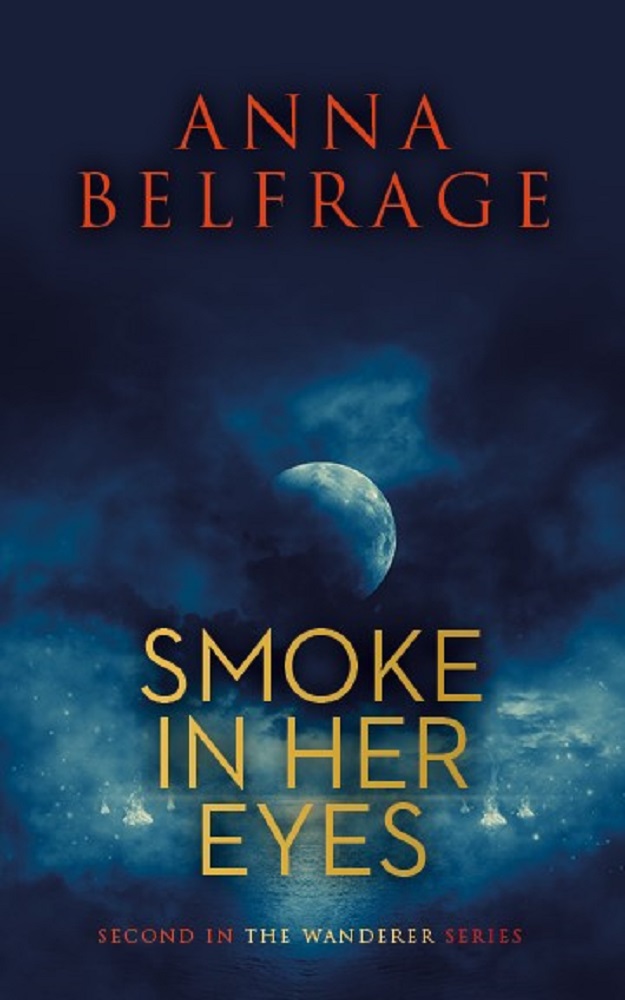 Six months ago, Helle Madsen would have described herself as normal. Now she no longer knows if that terms applies, not after her entire life has been turned upside down by the reappearance of not one, but two, men from her very, very distant past.
Six months ago, Helle Madsen would have described herself as normal. Now she no longer knows if that terms applies, not after her entire life has been turned upside down by the reappearance of not one, but two, men from her very, very distant past.
Helle Madsen never believed in mumbo-jumbo stuff like reincarnation—until she came face to face with Jason Morris, a man who purportedly had spent fifty lives looking for her. Coping with being reunited with the lover from her ancient past was one thing. Having Sam Woolf, her vindictive nemesis from that same ancient past join the party was a bit too much. Suddenly, Helle finds herself the reluctant heroine of a far-flung, time-transcending epic story, one in which pain and loss seem to play a very big part.
This time round, Jason and Helle are determined to make it to the happily ever after. Unfortunately, Sam Woolf will stop at nothing to crush them. That ride into the golden sunset seems awfully far away at times…
Second in The Wanderer series
Available from: http://myBook.to/SmIHE
Alison Morton is the author of Roma Nova thrillers – INCEPTIO, PERFIDITAS, SUCCESSIO, AURELIA, INSURRECTIO and RETALIO. CARINA, a novella, and ROMA NOVA EXTRA, a collection of short stories, are now available. Audiobooks are available for four of the series. NEXUS, an Aurelia Mitela novella, will be out on 12 September 2019.
Find out more about Roma Nova, its origins, stories and heroines… Download ‘Welcome to Roma Nova’, a FREE eBook, as a thank you gift when you sign up to Alison’s monthly email newsletter. You’ll also be first to know about Roma Nova news and book progress before everybody else, and take part in giveaways.
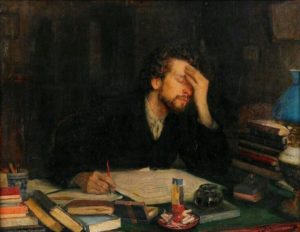
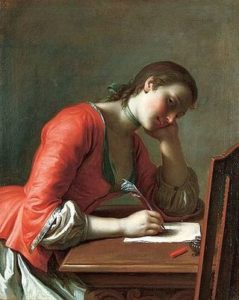
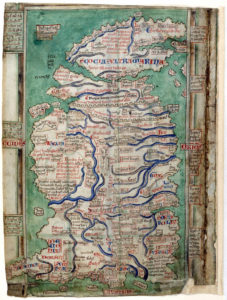













Thank you, Alison, for giving me the opportunity to pop by and visit – and even more importantly for making me sit down and think about hos I bring structure into my world. Makes me feel as if I know now what I’m doing…
A total pleasure, Anna. Sometimes we need to just draw breath sometimes and look at what we’re actually doing! Being a writer is such a weird thing, a strange balance (disbalance?) between the metaphysical and the practical.